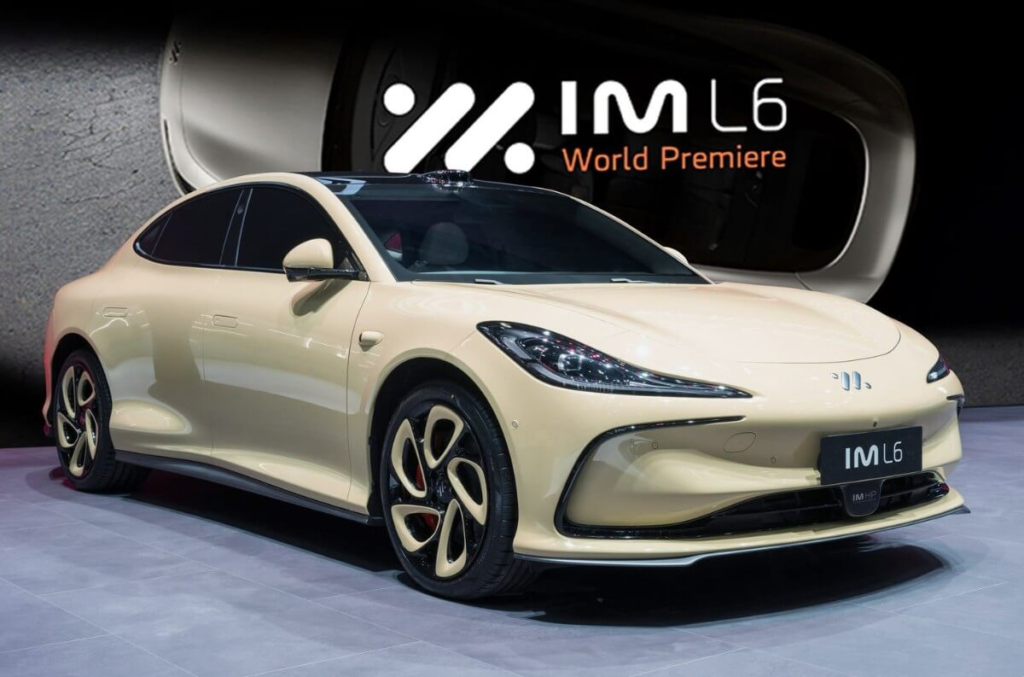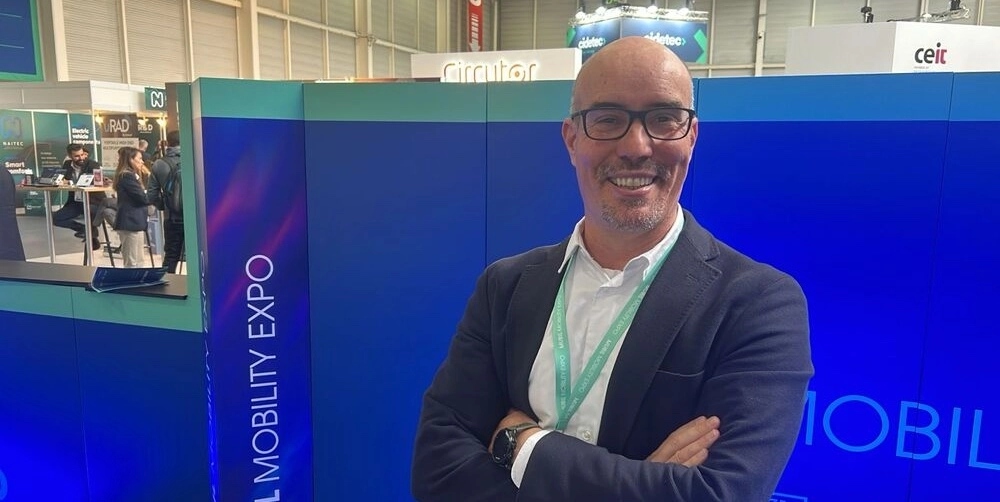In parallel with the growth of electric vehicles (EVs) on the continent, the batteries industry is expanding.
Market forecasts predict that there will be around 30 million EVs in Europe by 2030.
“Taking a conservative estimate, if one per cent were to be retired from the roads that year, this would equate to 300,000 batteries being retired in 2030,” notes Jon Asin, Manager and Co-founder of the Spanish company BeePlanet Factory.
Within the framework of the MUBIL Mobility Expo, at which Mobility Portal Europe was in attendance, he adds:
“With an average of 50 kilowatt-hours (kWh) per battery, this amounts to 15 gigawatt-hours (GWh), being conservative and not even considering buses, motorcycles, quadricycles, and so forth.”
Currently, the leading country in battery production is China, with CATL at the forefront as one of the world’s leading companies.
According to a recent statement by Luca De Meo, CEO of Renault, in an open letter to the European Union (EU), the Asian country controls 75 per cent of the world’s battery production capacity.
Additionally, China accounts for between 80 and 90 per cent of material refining and half of the mines producing rare metals.
This is compelling European manufacturers to optimize their production processes, raw material sourcing, and supply chains to remain competitive.
The EU is expected to meet 69 and 89 per cent of its growing battery demand by 2025 and 2030, respectively, and should be capable of producing batteries for up to 11 million vehicles per year.
In this regard, Europe is expected to establish 250 factories by 2033 to meet EV demand.
Some notable projects on the continent include Sweden’s Northvolt in Germany, China’s Envision in France, Italy’s Italvolt locally, Norway’s national Freyr, among others.
These will entail investments of millions of euros and generate thousands of jobs in the regions where they are built.
In total, investment along the battery value chain amounted to approximately 127 billion euros by 2021.
An additional investment of around 382 billion euros is expected, with the annual value added by the industry estimated to reach 625 billion euros by 2030.
Furthermore, this trend is driving the second-life market for batteries, in which BeePlanet Factory excels.
As Asin indicates, over 90 per cent of lithium-ion battery cells are currently dedicated to automotive use.
With the advancement of electromobility, the global market is expected to grow by 800 per cent in just five years, according to a report by Buck Consultants International.
In Europe, the region experienced a 62 per cent increase between July 2022 and 2023.
The EU strives to create conditions to boost the battery sector
To ensure this, the European battery regulation is already being implemented, “which came into force last summer and will start being enforced from this summer.”
Efficiency targets for recycling, material recovery, and recycled content will be gradually introduced starting in 2025.
This law will enable batteries to have a low carbon footprint, use minimal harmful substances, require fewer raw materials from non-EU countries, and be largely collected, reused, and recycled within the continent.
The regulation specifies that all must have a Battery Passport.
This document must declare the raw materials that formed it and its carbon footprint, and it will also provide access to its health status via a QR code.
This will not only assist consumers, for example, when purchasing a second-life vehicle, but will also be essential for industry professionals in their efforts to promote the circular economy.
“It will help us in the second-life business,” affirms Asin.
Moreover, this regulation also stipulates that from 2031 onwards, all batteries manufactured in Europe must contain recycled materials.
“We can leverage all this battery volume to balance the electrical system and ultimately recycle them, while also extracting their raw materials with a minimum efficiency of up to 90 per cent, as mandated by the regulation,” he explains.
Within this framework, between BeePlanet and BeeCycle, a joint battery recycling initiative with the Korean SungEel HiTech, they estimate “to cover around 30,000 EVs per year out of the 300,000 that will be retired.”
These could be used, for instance, for electric vehicle charging, and at the end of their life, recycled to “continue making batteries until there is a substitute technology, such as solid-state.”
“Solid-state electrolyte has inherent advantages that benefit the car industry and will also benefit us,” assures Jon Asin.
Manufacturers have been dedicating recent years to researching and developing this technology, aiming to provide significant benefits to EVs.
One of these advantages could be reducing the car’s price and increasing their safety, especially in terms of preventing potential fires, as these batteries do not risk overheating.
But that’s not all.
They could also increase autonomy, reduce weight and size, improve durability, allow for faster charging, and be more environmentally friendly.
This technology involves changing the electrolyte of the batteries from a liquid state to a solid state.
There are already confirmed announcements of vehicles with solid-state batteries.

One of the most recent is from the British MG Motors, currently owned by the Chinese company SAIC Motor.
At the Geneva Motor Show, the company unveiled its new IM L6, a car with solid-state batteries that will be the first to be sold with this technology.
It is a medium-sized electric sedan expected to hit the European market in 2025.
The battery will have a capacity of 100 kilowatt-hour and provide a range of up to 800 kilometers.








